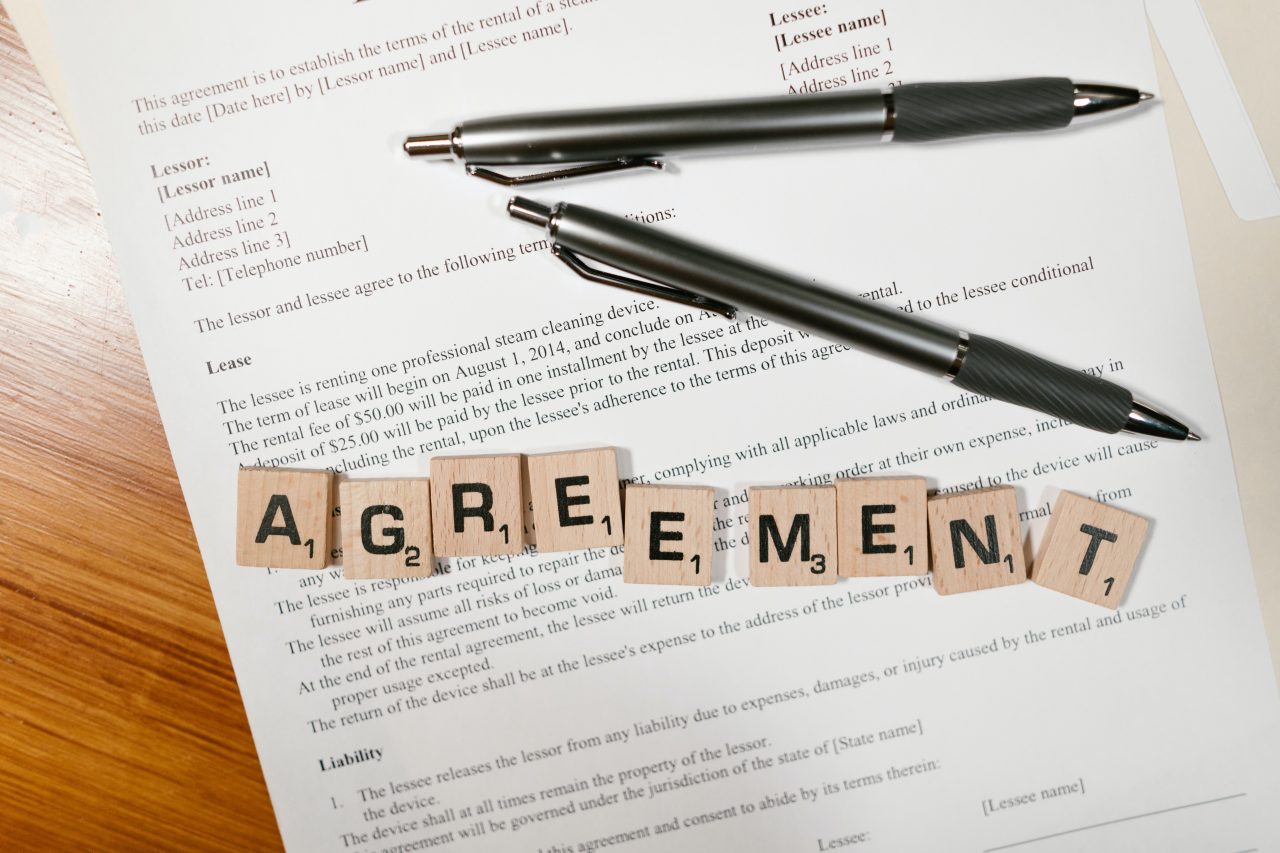Security Deposits in California can be very different from the rest of the country. One of the key aspects of renting a property in California is understanding the ins and outs of security deposits. This upfront payment serves as a protective measure for landlords, ensuring that their property is well-maintained. Here’s a closer look at security deposits in the Golden State, answering the essential questions:
How Much is the Security Deposit?
The amount of the security deposit is not standardized across California. Landlords have the flexibility to set the deposit based on factors such as the rental market, property type, and individual policies. Typically, it ranges from one to two months’ worth of rent. Before signing the lease, it’s crucial for tenants to confirm the exact amount and the conditions for its return.
Is the Security Deposit Refundable, and Under What Conditions?
Yes, the security deposit is generally refundable. However, the conditions for its return depend on various factors. As a rule of thumb, tenants can expect the return of their deposit, minus any deductions, if they have adhered to the terms of the lease. Deductions may be made for unpaid rent, cleaning costs, or damages beyond normal wear and tear.
How is the Condition of the Property Assessed at the End of the Lease?
The end-of-lease property assessment is a critical phase that determines the return of the security deposit. Landlords typically conduct a general initial inspection the last two weeks of tenancy and a more thorough inspection once keys are received. Comparing the property’s condition against its state at the beginning of the lease. It’s advisable for tenants to be present during this inspection, addressing any concerns and clarifying the condition of the property.
Tips for Tenants:
- Documentation Matters: Keep records of the property’s condition at the beginning of the lease. Photographs and written documentation can be invaluable in case of disputes.
- Open Communication: Before moving out, communicate with the landlord about expectations and any repairs or cleaning that you plan to undertake.
- Review the Lease Agreement: Understanding the terms of the lease agreement is crucial. It often outlines specific conditions under which deductions can be made from the security deposit.
- Request a Initial Inspection: The initial inspection occurs before the final move-out date. This can provide insights into any areas that need attention.
- Follow Proper Move-Out Procedures: Adhering to the stipulated move-out procedures, including returning keys on time and leaving a forwarding address, helps facilitate a smooth deposit return process.
In conclusion, a clear understanding of the security deposit process is beneficial for both tenants and landlords. It sets the stage for a transparent and fair transaction at the end of the lease, ensuring that the return of the security deposit is a straightforward process. Always remember, communication is key in navigating the nuances of security deposits in California rentals.


